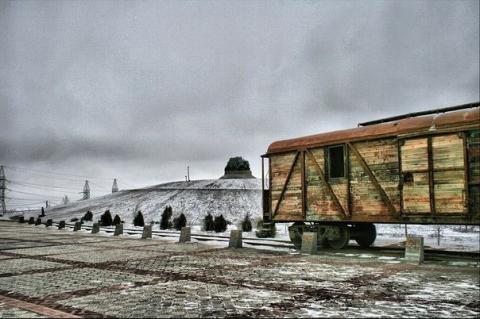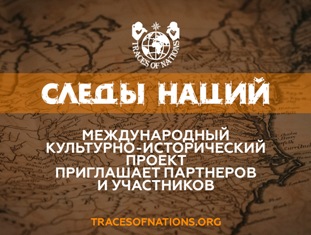Статья
Автор 1 | RUS Институт истории и международных отношений Южного федерального университета ENG Institute of History and International Relations at Southern Federal University |
Заглавие | RUS ENG |
Аннотация | RUS ENG |
Ключевые слова | курган ◆ эпоха бронзы ◆ ямная культура ◆ погребение ◆ топография ◆ экологические ресурсы ◆ культура ◆ barrow ◆ the Bronze Age ◆ Pit [Grave] culture ◆ burial ◆ topography ◆ environmental resources ◆ culture |













